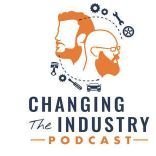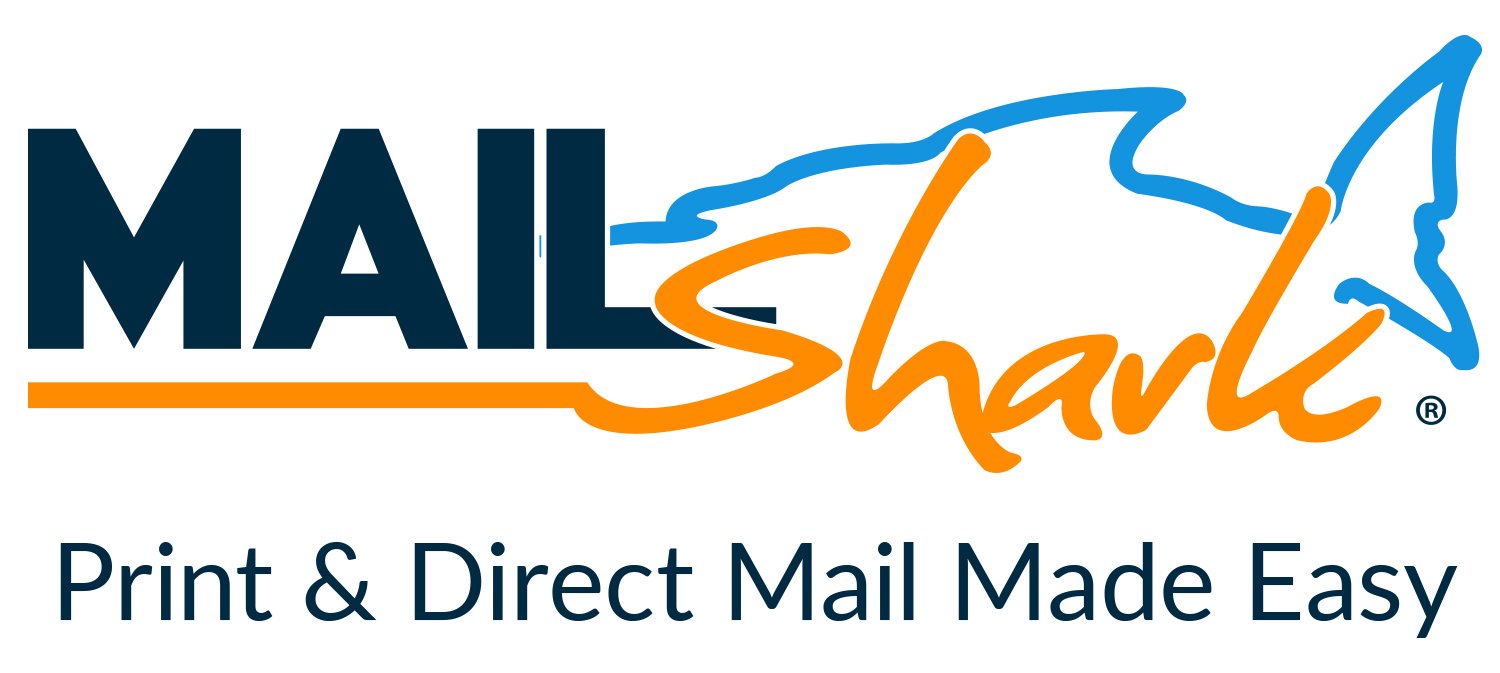-
Available Subscriptions
-
Have you checked out Joe's Latest Blog?
-
By Joe Marconi in Joe's Blog0 commentsIt always amazes me when I hear about a technician who quits one repair shop to go work at another shop for less money. I know you have heard of this too, and you’ve probably asked yourself, “Can this be true? And Why?” The answer rests within the culture of the company. More specifically, the boss, manager, or a toxic work environment literally pushed the technician out the door.
While money and benefits tend to attract people to a company, it won’t keep them there. When a technician begins to look over the fence for greener grass, that is usually a sign that something is wrong within the workplace. It also means that his or her heart is probably already gone. If the issue is not resolved, no amount of money will keep that technician for the long term. The heart is always the first to leave. The last thing that leaves is the technician’s toolbox.
Shop owners: Focus more on employee retention than acquisition. This is not to say that you should not be constantly recruiting. You should. What it does means is that once you hire someone, your job isn’t over, that’s when it begins. Get to know your technicians. Build strong relationships. Have frequent one-on-ones. Engage in meaningful conversation. Find what truly motivates your technicians. You may be surprised that while money is a motivator, it’s usually not the prime motivator.
One last thing; the cost of technician turnover can be financially devastating. It also affects shop morale. Do all you can to create a workplace where technicians feel they are respected, recognized, and know that their work contributes to the overall success of the company. This will lead to improved morale and team spirit. Remember, when you see a technician’s toolbox rolling out of the bay on its way to another shop, the heart was most likely gone long before that.
-
-
Similar Topics
-
By carmcapriotto
The Weekly Blitz is brought to you by our friends over at Shop Marketing Pros. If you want to take your shop to the next level, you need great marketing. Shop Marketing Pros does top-tier marketing for top-tier shops.
Click here to learn more about Top Tier Marketing by Shop Marketing Pros and schedule a demo: https://shopmarketingpros.com/chris/
Check out their podcast here: https://autorepairmarketing.captivate.fm/
If you would like to join their private facebook group go here: https://www.facebook.com/groups/autorepairmarketingmastermind
Visit ShopMarketingPros.com/chris to partner with a team that understands your business. Because every great shop deserves marketing that’s just as great.
Check out their podcast here: https://autorepairmarketing.captivate.fm/ If you would like to join their private Facebook group go here: https://www.facebook.com/groups/autorepairmarketingmastermindIn
In this episode of "The Weekly Blitz," host Chris Cotton is joined by special guests Caroline Legrone and Kim Walker from Shop Marketing Pros to delve into the critical necessity of having a robust marketing plan for auto repair shops. The discussion centers around the pivotal role that a well-structured marketing strategy plays in the success and sustainability of these businesses.
Chris, Caroline, and Kim explore the multifaceted aspects of marketing planning, emphasizing the importance of leveraging historical data to gain insights into the business's performance over time. By analyzing this data, shop owners can pinpoint slow periods and develop proactive marketing strategies that align with local events and seasonal trends, thereby optimizing their outreach efforts.
Caroline Legrone underscores the significance of understanding past performance metrics, which can provide invaluable information for future planning. She explains how historical data can reveal patterns and trends that are crucial for making informed marketing decisions. This approach not only helps in identifying potential challenges but also in capitalizing on opportunities that may arise.
Kim Walker, on the other hand, offers practical insights into the creation of a comprehensive marketing calendar. She shares her expertise on how to systematically plan marketing activities throughout the year, ensuring that the shop remains visible and engaged with the community. Kim's advice includes tips on scheduling promotions, aligning campaigns with local happenings, and maintaining a consistent presence across various marketing channels.
Throughout the episode, the conversation is geared towards empowering shop owners to take control of their marketing efforts. By doing so, they can ensure sustained growth and foster stronger community engagement, even during traditionally slow periods. The episode serves as a call to action for auto repair shop owners to prioritize their marketing strategies, highlighting the long-term benefits of a well-executed plan.
Introduction and Importance of Marketing (00:00:09)
Chris Cotton introduces the episode and emphasizes the need for a marketing plan in auto repair businesses.
Guest Introductions (00:01:11)
Chris welcomes Caroline Legrone and Kim Walker from Shop Marketing Pros to the podcast.
Discussion on Car Count Issues (00:01:48)
Chris expresses concern over shop owners complaining about low car counts and the lack of planning.
Identifying Seasonal Trends (00:02:32)
Kim discusses common excuses for slow periods and the importance of recognizing seasonal trends.
Understanding the Marketing Calendar (00:04:23)
Caroline explains the significance of analyzing past performance to create an effective marketing calendar.
Proactive Marketing Strategies (00:06:11)
Kim shares insights on developing marketing plans based on historical data and identifying slow periods.
Creative Marketing Solutions (00:07:25)
Kim describes a unique marketing strategy developed around the local state fair to attract customers.
Importance of Planning Ahead (00:09:27)
Kim emphasizes the necessity of proactive planning rather than reacting to slow days.
Timing for Event Promotions (00:12:30)
Discussion on how far in advance to plan marketing strategies for events like the state fair.
Community Calendar Considerations (00:14:09)
Caroline advises checking community calendars to align marketing efforts with local events.
Adjusting Marketing Budgets (00:16:19)
Kim discusses the importance of reallocating marketing budgets based on seasonal trends.
Applicability to Different Locations (00:16:27)
Chris challenges the notion that marketing strategies are only relevant to local events, encouraging broader application.
Yearly Planning for Marketing (00:17:09)
Caroline stresses the importance of yearly planning for marketing strategies, even if starting late.
Setting Holiday Schedules (00:18:49)
Chris shares his approach to planning marketing around holiday closures as a starting point for the year.
Here are the extracted timestamps and their corresponding titles from the podcast episode transcription segment:
Importance of Planning (00:19:14)
Chris emphasizes the need for shop owners to have a structured marketing plan.
Blocking Time for Planning (00:19:40)
Kim advises shop owners to set aside undistracted time in October for planning.
Using a Big Calendar (00:20:17)
Kim suggests using a large calendar to visualize important dates and events affecting marketing.
Analyzing Performance Data (00:22:25)
Kim discusses breaking down historical data to identify busy and slow times for better planning.
Setting Realistic Goals (00:24:20)
Caroline stresses the importance of setting achievable marketing goals based on past performance.
Understanding Marketing Budgets (00:26:17)
Kim explains how to determine an appropriate marketing budget based on desired growth.
Plan with the Pros Conference (00:28:49)
Caroline introduces the "Plan with the Pros" event aimed at helping shop owners create marketing plans.
Event Success and Expansion (00:31:01)
Kim shares the success of last year's event and plans for expanding this year's attendance.
Facebook Group for Marketing Support (00:33:15)
Caroline details the Auto Repair Marketing Mastermind group for shop owners to connect and share insights.
Final Thoughts on Marketing (00:37:02)
Caroline encourages shop owners to create marketing calendars and utilize available resources for success.
Do It Scared (00:37:51)
Encouragement to start marketing despite fears of making mistakes or not knowing how to begin.
Getting Started (00:38:11)
Emphasis on taking action; "done is better than perfect" and scheduling time away from the shop.
Perspective on Fear (00:38:22)
Discussion on the urgency of creating a marketing calendar to avoid business decline.
Final Thoughts and Thanks (00:38:41)
Closing remarks and encouragement to utilize marketing pros for effective growth strategies.
Sponsorship Shout-Out (00:39:11)
Promotion of Shop Marketing Pros as the recommended marketing partner for auto repair businesses.
Closing Remarks (00:39:11)
Encouragement to maintain a positive mindset and a farewell from Coach Chris Cotton.
To listen to more episodes, make sure and go over to iTunes and or Spotify.
Don't forget to rate and review us!
Connect with Chris:
AutoFix-Auto Shop Coaching
www.autoshopcoaching.com
www.aftermarketradionetwork.com
940-400-1008
Facebook: https://www.facebook.com/AutoFixAutoShopCoaching
YouTube: https://bit.ly/3ClX0ae
Email Chris: [email protected]
The Aftermarket Radio Network
Remarkable Results Radio Podcast with Carm Capriotto: Advancing the Aftermarket by Facilitating Wisdom Through Story Telling and Open Discussion
Diagnosing the Aftermarket A to Z with Matt Fanslow: From Diagnostics to Metallica and Mental Health, Matt Fanslow is Lifting the Hood on Life.
The Auto Repair Marketing Podcast with Kim and Brian Walker: Marketing Experts Brian & Kim Walker Work with Shop Owners to Take it to the Next Level.
The Weekly Blitz with Chris Cotton: Weekly Inspiration with Business Coach Chris Cotton from AutoFix - Auto Shop Coaching.
Business by the Numbers with Hunt Demarest: Understand the Numbers of Your Business with CPA Hunt Demarest.
Speak Up! Effective Communication with Craig O'Neill: Develop Interpersonal and Professional Communication Skills when Speaking to Audiences of Any Size.
#autofixautoshopcoaching #autofixbeautofixing #autoshopprofits #autoshopprofit #autoshopprofitsfirst #autoshopleadership #autoshopmanagement #autorepairshopcoaching #autorepairshopconsulting #autorepairshoptraining #autorepairshop #autorepair #serviceadvisor #serviceadvisorefficiency #autorepairshopmarketing #theweeklyblitz #autofix #shopmarketingpros #autofixautoshopcoachingbook
Click to go to the Podcast on Remarkable Results Radio
-
By Joe Marconi
Premium Member Content
This content is hidden to guests, one of the benefits of a paid membership. Please login or register to view this content.
-
By Changing The Industry
Episode 211 - Trust, Ownership, and Ethical Sales with Kim and Brian Walker of Shop Marketing Pros
-
By nptrb
Premium Member Content
This content is hidden to guests, one of the benefits of a paid membership. Please login or register to view this content.
-
-
By Joe Marconi
Premium Member Content
This content is hidden to guests, one of the benefits of a paid membership. Please login or register to view this content.
-
-
-
Our Sponsors

















Recommended Posts
Create an account or sign in to comment
You need to be a member in order to leave a comment
Create an account
Sign up for a new account in our community. It's easy!
Register a new accountSign in
Already have an account? Sign in here.
Sign In Now